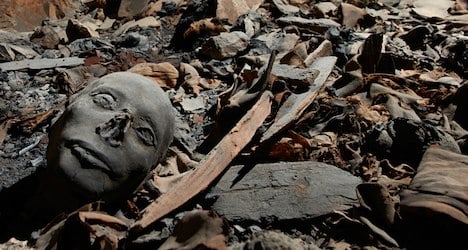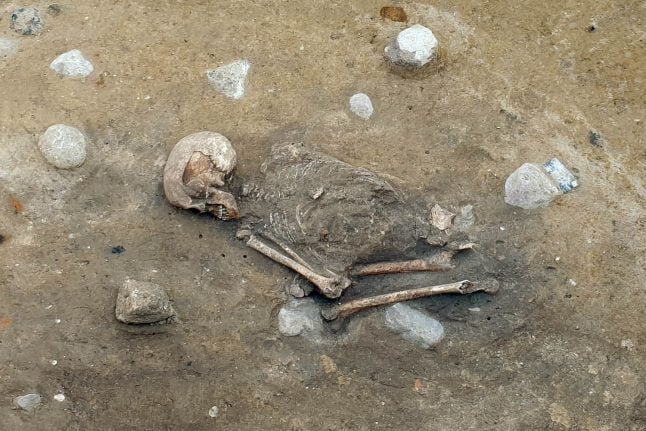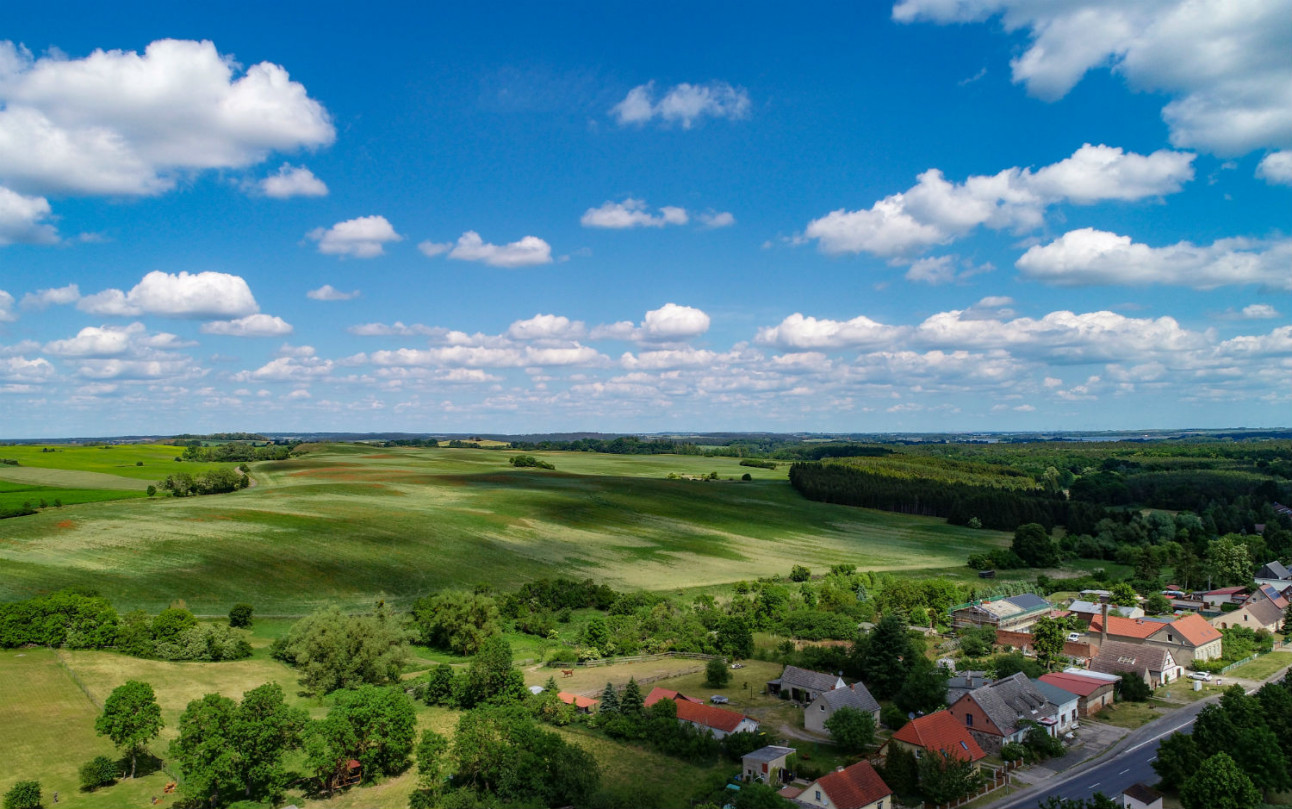"The immense necropolis contains the remains of mummies that could have been members of the royal family, in particular the sons of the kings Tutmoses III and Tutmoses IV of the 18th dynasty," which ruled from 1550-1292 BC, the Egyptian antiquities ministry said.
Archaeologists from the University of Basel were part of a team that found wooden sarcophagi, death masks and canopic jars used to store organs removed during the embalming process.
The mummies included newborn babies.
An examination of the inscriptions on the jars allowed them to identify more than 30 of the dead by name, including previously unknown princesses, Antiquities Minister Mohamed Ibrahim said in the statement.
The cemetery, which like many such sites had been looted in ancient times, is in the extreme northwest of the Valley of the Kings, a popular tourist site which also includes the tomb of Tutankhamun, better known as King Tut.




 Please whitelist us to continue reading.
Please whitelist us to continue reading.
Member comments